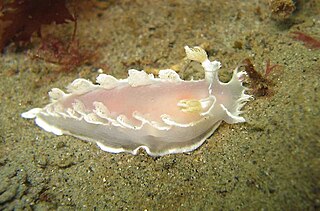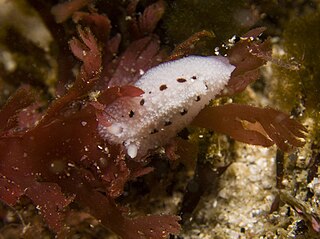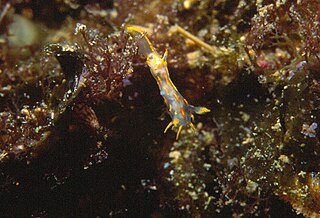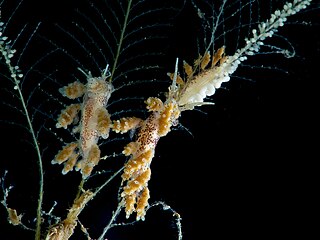
Collioure is a commune in the southern French department of Pyrénées-Orientales.

Languedoc-Roussillon wine, including the vin de pays labeled Vin de Pays d'Oc, is produced in southern France. While "Languedoc" can refer to a specific historic region of France and Northern Catalonia, usage since the 20th century has primarily referred to the northern part of the Languedoc-Roussillon region of France, an area which spans the Mediterranean coastline from the French border with Spain to the region of Provence. The area has around 700,000 acres (2,800 km2) under vines and is the single biggest wine-producing region in the world, being responsible for more than a third of France's total wine production. In 2001, the region produced more wine than the United States.

Banyuls-sur-Mer is a commune in the Pyrénées-Orientales department in southern France. It was first settled by Greeks starting in 400 BCE.

Cerbère is a commune and railway town in the Pyrénées-Orientales department in southern France. Its inhabitants are called Cerbériens.

The banded martin or banded sand martin is a small passerine bird in the swallow family Hirundinidae that is endemic to Africa. It is the only species placed in the genus Neophedina.

Doriopsilla albopunctata, the white-spotted sea goddess, is a species of dorid nudibranch, a colorful sea slug, in the family Dendrodorididae. It is native to the Pacific Coast of North America, from Mendocino County, California south, possibly to Baja California Peninsula, Mexico.

Tritonia is a genus of sea slugs, nudibranchs, shell-less marine gastropod molluscs in the family Tritoniidae.

Glossodoris cincta is a species of sea slug, a dorid nudibranch, a shell-less marine gastropod mollusk in the family Chromodorididae. This name has been extensively used for a group of similarly coloured species, some of which are unnamed.

Atagema rugosa, the rugby-ball dorid, is a species of dorid nudibranch, a marine gastropod mollusc in the family Discodorididae.

Pyrénées-Orientales, also known as Northern Catalonia, are a department of the region of Occitania, Southern France, adjacent to the northern Spanish frontier and the Mediterranean Sea. It borders the departments of Ariège to the northwest and Aude to the north, the Mediterranean Sea to the east and the Spanish province of Girona in Catalonia to the south and the country of Andorra to the west. It also surrounds the tiny Spanish exclave of Llívia, and thus has two distinct borders with Spain. In 2019, it had a population of 479,979. Some parts of the Pyrénées-Orientales are part of the Iberian Peninsula. It is named after the Pyrenees mountain range.

Polycera quadrilineata, is a sea slug, a species of dorid nudibranch. It is a marine gastropod mollusc in the family Polyceridae. The specific epithet quadrilineata means four-lined and refers to the four longitudinal black lines present on the original specimen. This species is sometimes called the fourline nudibranch. In 2020 a integrative molecular and morphological study showed that P. quadrilineata was a complex of two species in the NE Atlantic and one of these species was given the new name Polycera norvegica.

Ancula gibbosa, common name Atlantic ancula, is a species of dorid nudibranch. It is a marine gastropod mollusc in the family Goniodorididae.

Tritoniopsis elegans is a species of dendronotid nudibranch. It is a marine gastropod mollusc in the family Tritoniidae and is found in the western Indo-Pacific. It was first described by the French naturalist Jean Victoire Audouin in 1826, the type specimen being found in the Red Sea.

Aldisa banyulensis is a species of sea slug, a dorid nudibranch, a marine gastropod mollusk in the family Cadlinidae.

The Observatoire océanologique de Banyuls-sur-Mer, also known as the Laboratoire Arago, is a marine station located in Banyuls-sur-Mer (Pyrénées-Orientales) on the Mediterranean coast of France. The marine station is made up of several joint research laboratories operated by UPMC-Paris 6 and the Centre National de la Recherche Scientifique (CNRS) and one administrative unit. The buildings and land are part of the UPMC-Paris 6 campus.

Doto dunnei is a species of sea slug, a nudibranch, a marine gastropod mollusc in the family Dotidae.

Piseinotecus soussi is a species of sea slug, an aeolid nudibranch, a marine gastropod mollusc in the family Piseinotecidae.
Calmella gaditana is a species of sea slug, an aeolid nudibranch, a marine gastropod mollusk in the family Flabellinidae.
Knoutsodonta albonigra is a species of sea slug, a dorid nudibranch, a shell-less marine gastropod mollusc in the family Onchidorididae.

Diadumene cincta is a small and delicate, usually orange, sea anemone. It has a smooth slender column and up to 200 long tentacles, and normally grows to a length of up to 35 mm (1.4 in), with a base of 10 mm (0.4 in), but specimens twice this size have been recorded. Diadumene cincta is found in the northeastern Atlantic Ocean.

















